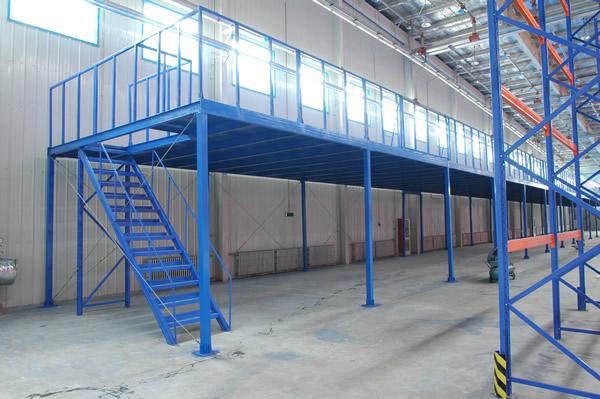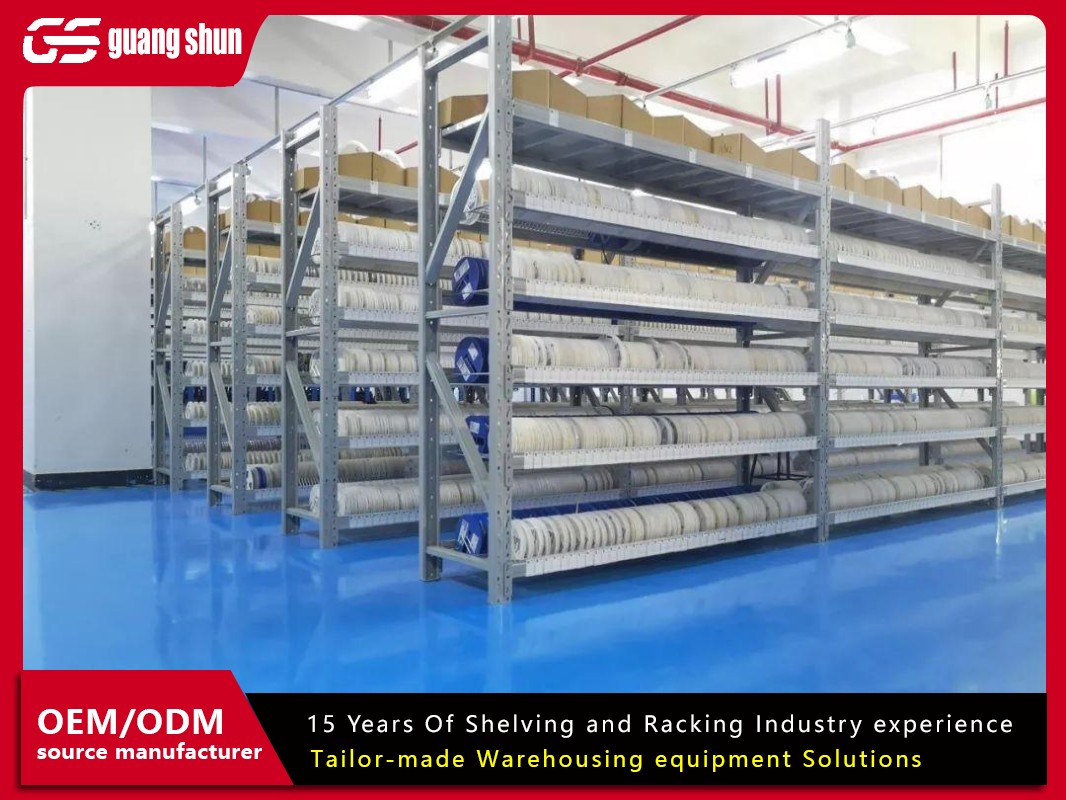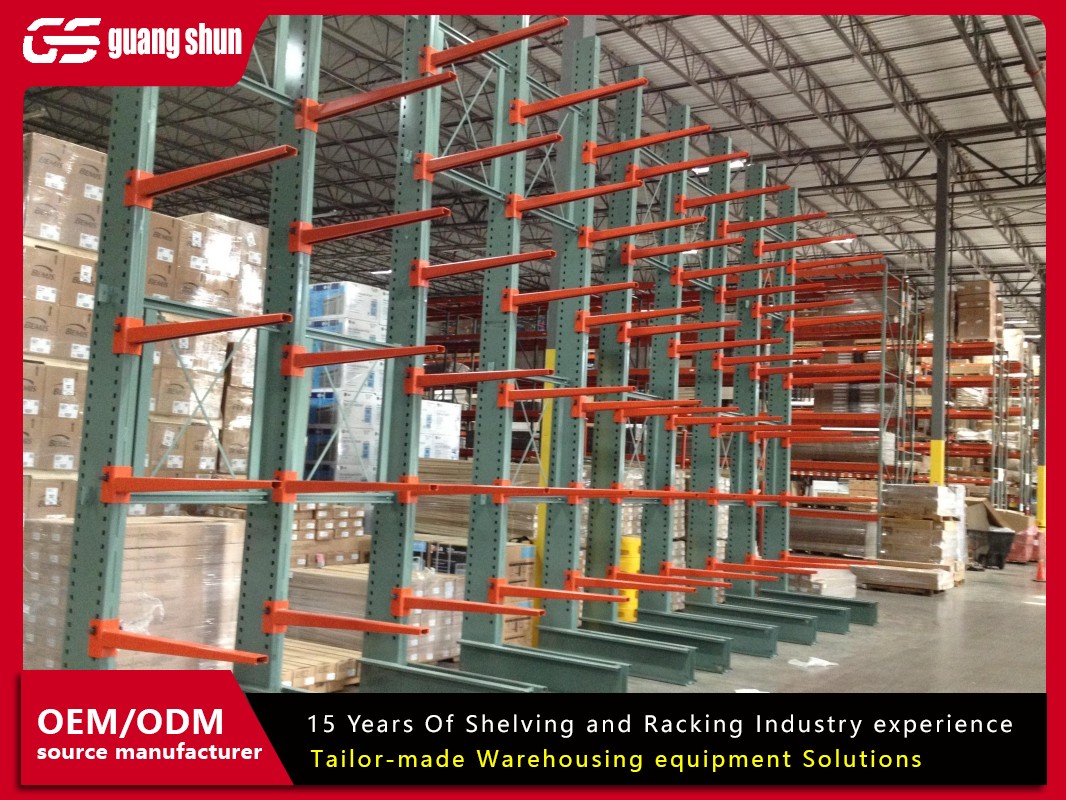In the world of logistics, manufacturing, and e-commerce, the efficiency of your operations often hinges on a seemingly simple element: your storage infrastructure. Warehouse racking and shelving form the backbone of any storage facility, directly impacting everything from inventory management and employee safety to overall productivity and cost-effectiveness. Choosing the right system is not a one-size-fits-all decision; it requires a careful analysis of your specific needs. This article delves into the critical aspects of warehouse racking and shelving to help you make an informed choice for your facility.

Understanding the Core Differences: Racking vs. Shelving
Before diving into the types, it's crucial to understand the fundamental distinction between warehouse racking and shelving. While the terms are sometimes used interchangeably, they serve different primary purposes.
Warehouse shelving is typically used for smaller, lighter items that are often picked by hand. Think of small parts, boxes, or tools. Shelving units are like giant bookshelves, with items stored on solid shelves that are directly accessible from the aisle. They are ideal for bulk storage or for items that are not palletized. The focus here is on accessibility and organization for a large number of SKUs.
Warehouse racking, on the other hand, is designed for heavy-duty, palletized storage. It's a structural framework that holds unit loads, often with the help of forklifts. Racking systems are built for density and height, allowing you to maximize your cubic space by storing pallets high into the air. The primary goal of a racking system is high-density storage and efficient handling of larger quantities.
Major Types of Warehouse Racking Systems
The evolution of logistics has led to the development of various warehouse racking and shelving systems, each designed to solve specific storage challenges.
Selective Pallet Racking: This is the most common and versatile type of racking. It allows direct access to every pallet located in the system, making it ideal for warehouses with a high number of SKUs. Its simple design consists of upright frames and horizontal load beams, creating multiple openings for pallets.
Drive-In/Drive-Through Racking: Designed for high-density storage of products with low SKU variety, this system eliminates access aisles. Forklifts drive directly into the rack structure to place or retrieve pallets. Drive-in racking has an entry point on one side, while drive-through has entry and exit points on opposite sides. It's perfect for cold storage or storing large quantities of the same product.
Push-Back Racking: This system offers a compromise between selectivity and density. Pallets are stored on wheeled carts on inclined rails. When a new pallet is loaded, it pushes the existing pallets back. During retrieval, as a pallet is removed, the next one automatically rolls forward to the pick face. It typically provides 2-6 pallets deep storage per lane.
Pallet Flow Racking: Utilizing a "first-in, first-out" (FIFO) inventory system, pallet flow racking relies on gravity. Pallets are loaded at the higher end of a slightly inclined rail and glide smoothly to the pick face at the lower end. This is excellent for perishable goods or products with expiration dates.
Cantilever Racking: For storing long, bulky, or awkward items like timber, pipes, or furniture, cantilever racking is the ideal solution. It features upright columns with arms that extend out, providing clear, unobstructed access to stored materials without the interference of front-facing columns.
Key Types of Warehouse Shelving Solutions
For smaller items, the right shelving system can dramatically improve organization and picking efficiency.
Boltless Shelving: Also known as rivet shelving, this is the most popular type of industrial shelving. It's easy to assemble and reconfigure without bolts or nuts, using rivets or clips that snap into the upright posts. It's strong, versatile, and cost-effective for a wide range of applications.
Wire Shelving: These shelves offer excellent visibility and airflow, making them a top choice for clean rooms, food processing facilities, or any environment where sanitation and dust control are priorities. The open mesh design prevents the accumulation of dust and debris.
Mobile Shelving Systems: In spaces where every square foot counts, mobile shelving is a game-changer. Instead of multiple fixed aisles, the shelving units are mounted on carriages that move along rails, creating a single access aisle only where needed. This can increase storage capacity by up to 100% within the same footprint.
Mezzanine Shelving: This solution adds a second or third level to your facility, effectively doubling your usable floor space without the cost of a new building. A structural mezzanine floor is installed, and shelving or racking is placed on top, creating multi-tiered storage.

How to Choose the Right Warehouse Racking and Shelving
Selecting the appropriate warehouse racking and shelving is a strategic decision. Consider these key factors:
Inventory Characteristics: What is the size, weight, and shape of your products? Are they palletized? Do they have expiration dates (requiring FIFO)?
SKU Count and Turnover: How many different products do you stock? Do you have high-turnover items that need easy access (selective racking) or slow-moving items suitable for high-density storage (drive-in racking)?
Available Space and Ceiling Height: Measure your facility's footprint and clear ceiling height. Tall facilities can benefit from high-rise racking, while narrow facilities might need space-saving solutions like mobile shelving.
Equipment and Budget: The type of forklifts or picking equipment you use will influence your racking choice. Your budget will also dictate whether you invest in a high-density, automated system or a more basic selective racking setup.
Future Growth: Choose a system that is scalable and can adapt to your business's changing needs. Boltless shelving and selective racking are relatively easy to reconfigure.
The Critical Role of Safety and Proper Installation
The integrity of your warehouse racking and shelving is non-negotiable for employee safety and asset protection. Improperly installed or damaged systems pose a significant risk of collapse.
Professional Installation: Always use certified and experienced professionals for the installation of racking systems. They ensure the structure is level, plumb, and anchored correctly.
Regular Inspections: Implement a routine inspection program. Employees should be trained to perform daily visual checks, while a formal, documented inspection by a qualified person should be conducted at least annually.
Load Capacity and Signs: Never exceed the designated load capacity of your shelves or racks. Clearly post load capacity signs on each bay to prevent overloading.
Damage Protocol: Establish a clear protocol for dealing with damage. Even minor beam or upright damage can compromise the entire structure. Damaged components should be replaced immediately according to the manufacturer's specifications.
Maximizing Efficiency with a Combined Approach
Most modern warehouses do not rely on a single type of warehouse racking and shelving. The most efficient operations use a combined approach, matching the storage solution to the specific product profile. For instance, a distribution center might use pallet flow racking for its fast-moving consumer goods, selective racking for slower-moving items, and boltless shelving in its packing area for boxes and supplies. By strategically integrating different systems, you can optimize space, accelerate order fulfillment, and reduce operational costs.
Investing time in understanding and selecting the right warehouse racking and shelving is an investment in the very foundation of your supply chain. The right system not only stores your goods but also empowers your workforce, safeguards your inventory, and drives your business forward.
Frequently Asked Questions (FAQs)
Q1: What is the main weight-bearing difference between racking and shelving?
A1: The primary difference lies in their design and capacity. Warehouse racking is engineered to bear extremely heavy, concentrated loads, often from full pallets weighing thousands of pounds, and relies on a structural framework. Warehouse shelving is designed for distributed, lighter loads across a solid shelf surface and is typically used for smaller, hand-stacked items or boxes.
Q2: Can I mix different types of racking and shelving in the same warehouse?
A2: Absolutely. In fact, a mixed approach is highly recommended for optimal efficiency. Most warehouses use a combination, such as pallet racking for bulk goods, smaller shelving units for pick-and-pack areas, and cantilever racking for long materials. This allows you to customize storage to the specific needs of each product type.
Q3: Is it safe to purchase used warehouse racking and shelving?
A3: It can be, but it requires extreme caution. You must thoroughly inspect all components for bends, cracks, rust, or missing parts. Crucially, you need to verify the load capacity ratings from the original manufacturer, as this information can be lost with used equipment. It is often safer to purchase from a reputable supplier who can certify the integrity and capacity of the used system.
Q4: How often should I have my warehouse racking professionally inspected?
A4: At a minimum, a formal inspection by a qualified professional (either in-house trained and certified or a third-party expert) should be conducted annually. However, operational staff should be trained to perform basic visual inspections daily or weekly, reporting any visible damage, impacts, or issues immediately.
Q5: What are the first steps if a forklift damages a racking upright?
A5: The immediate steps are: 1) Cordon off the area to prevent anyone from entering the danger zone. 2) Unload the damaged bay carefully and safely, if it is possible to do so without risk. 3) Clearly tag the racking as "Damaged - Do Not Use." 4) Contact a racking specialist or your supplier to assess the damage and arrange for the replacement of the damaged components according to the manufacturer's specifications. Do not attempt to repair structural steel members.







